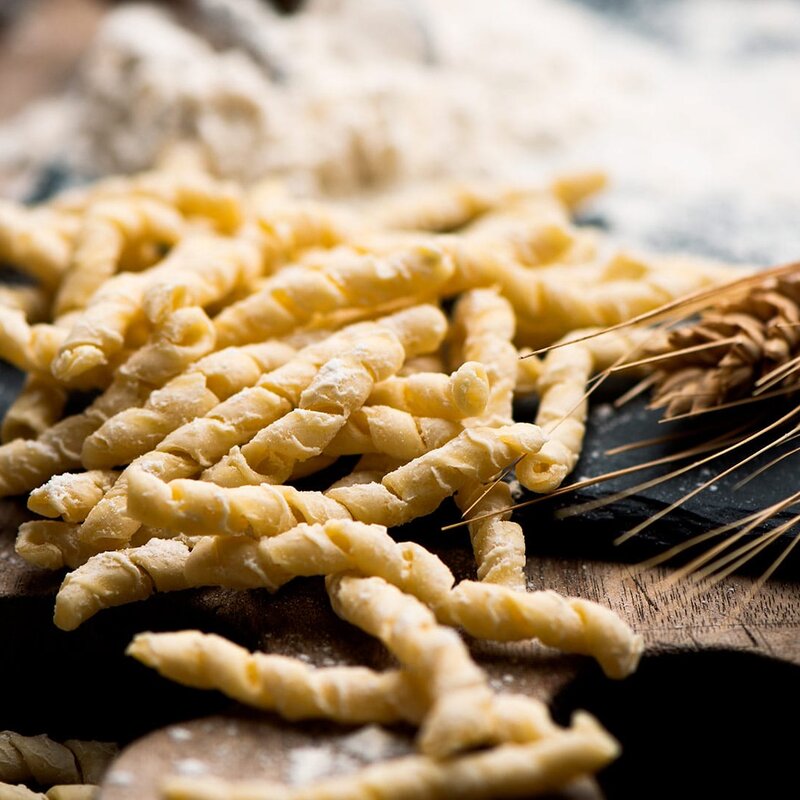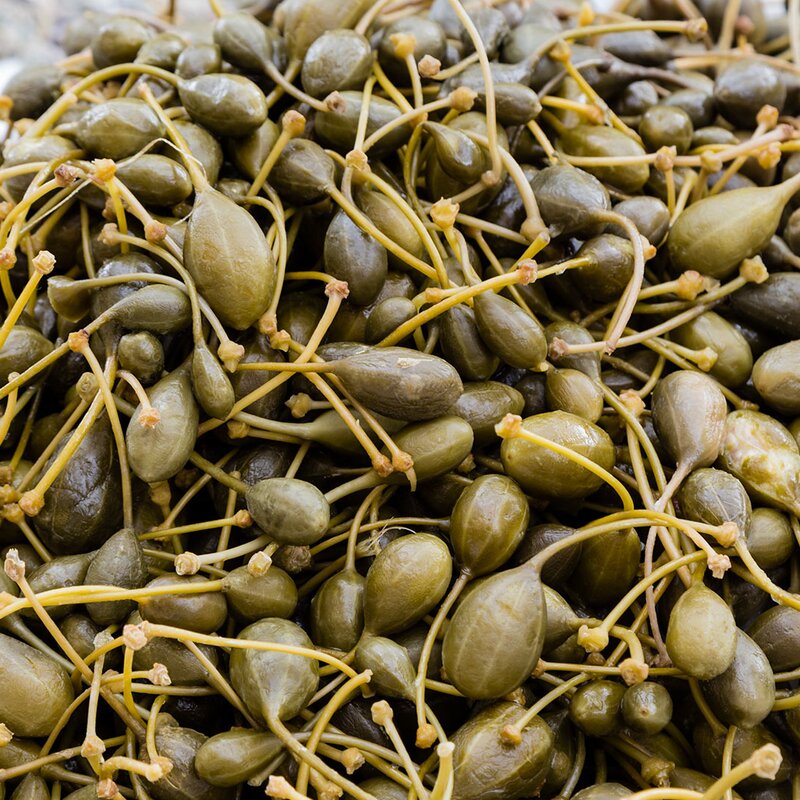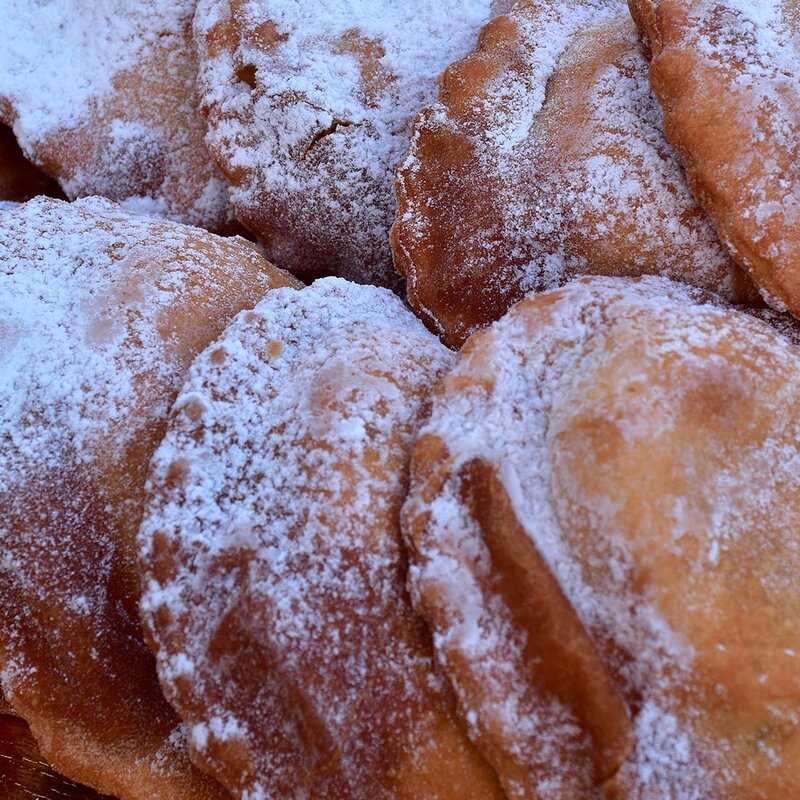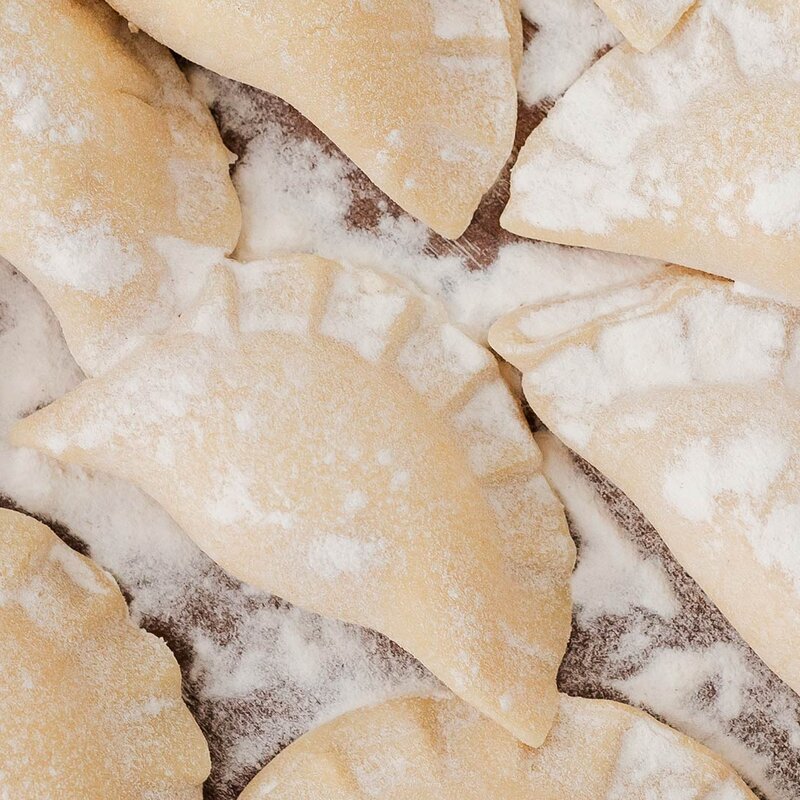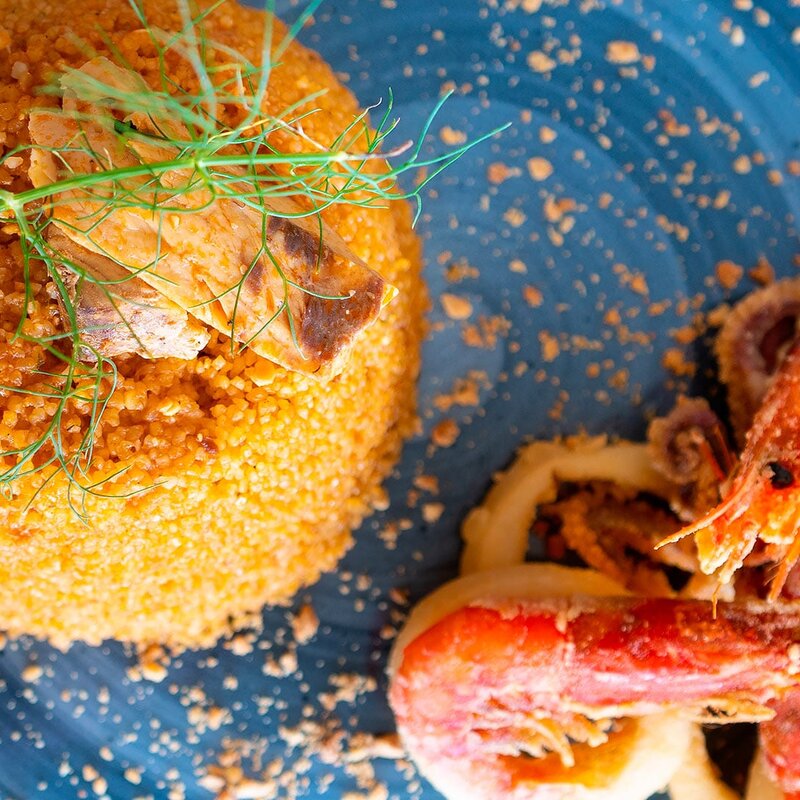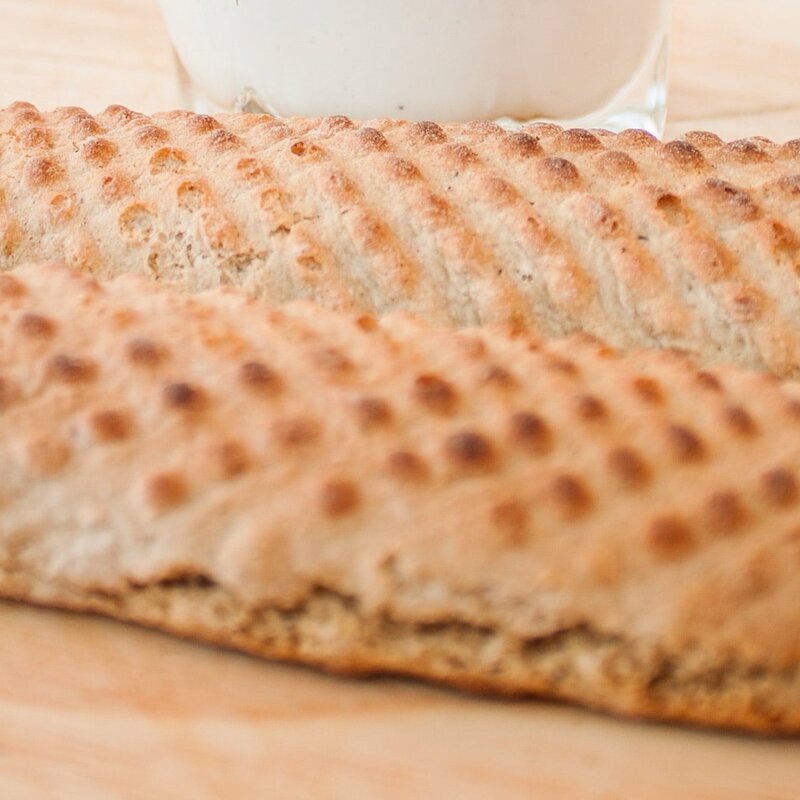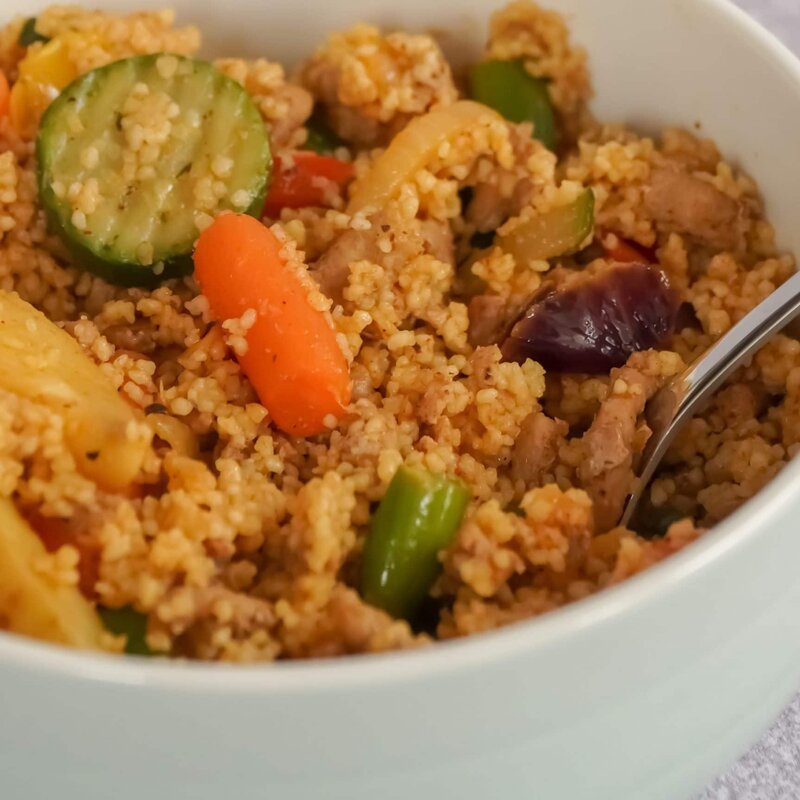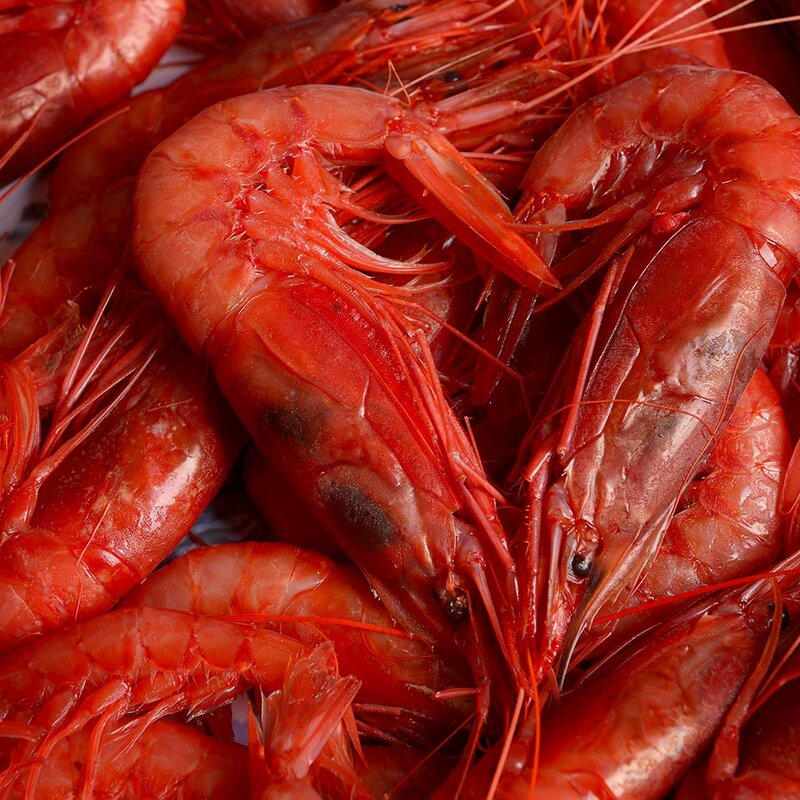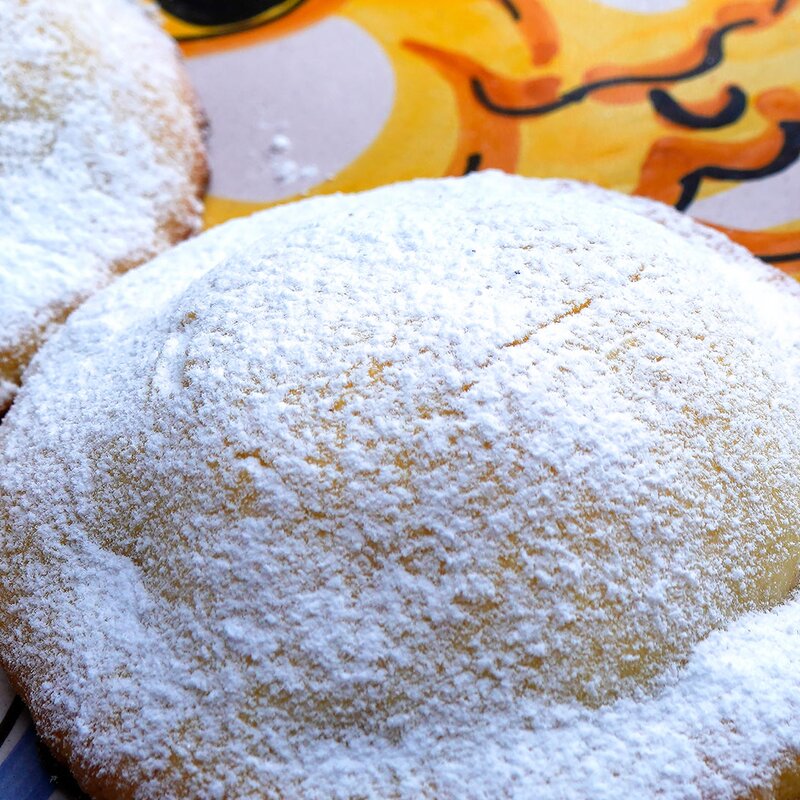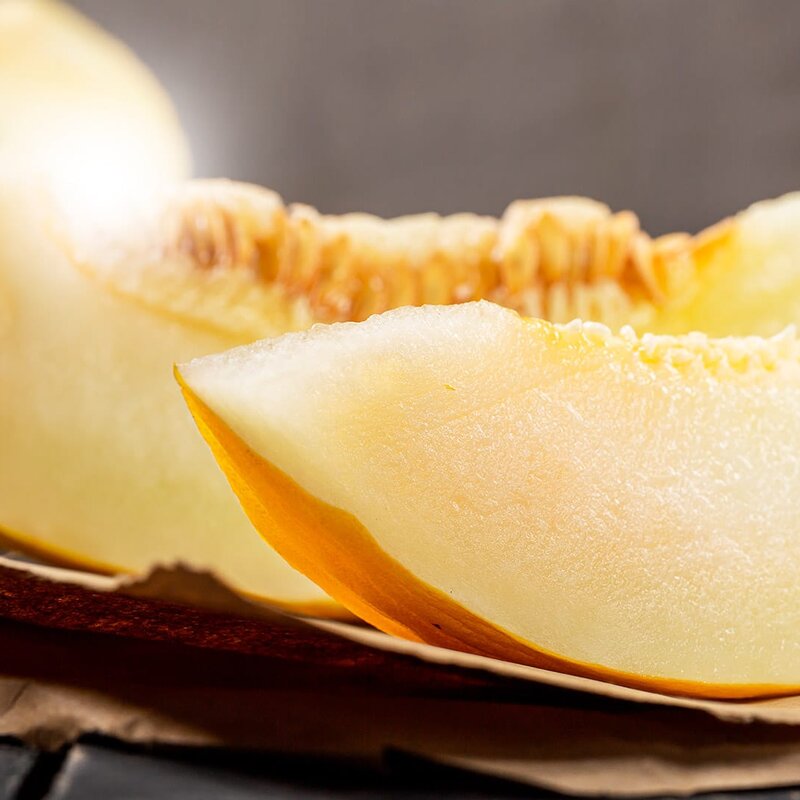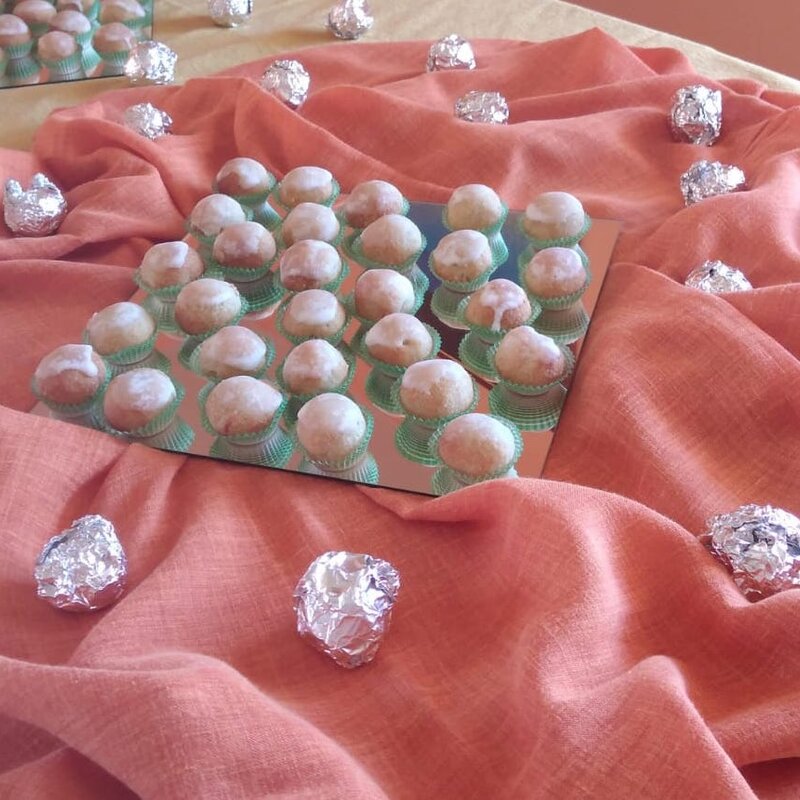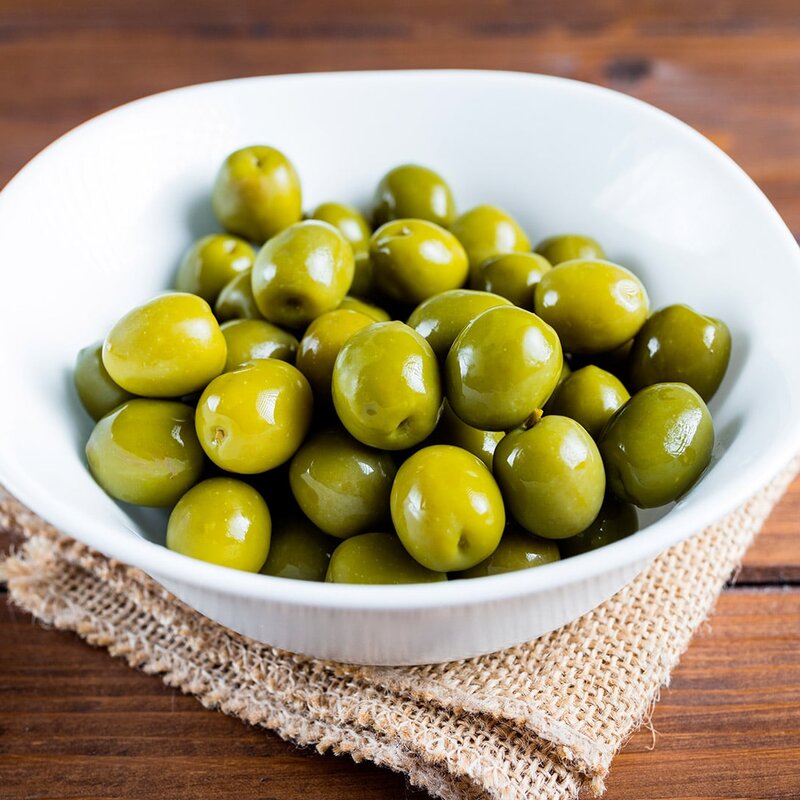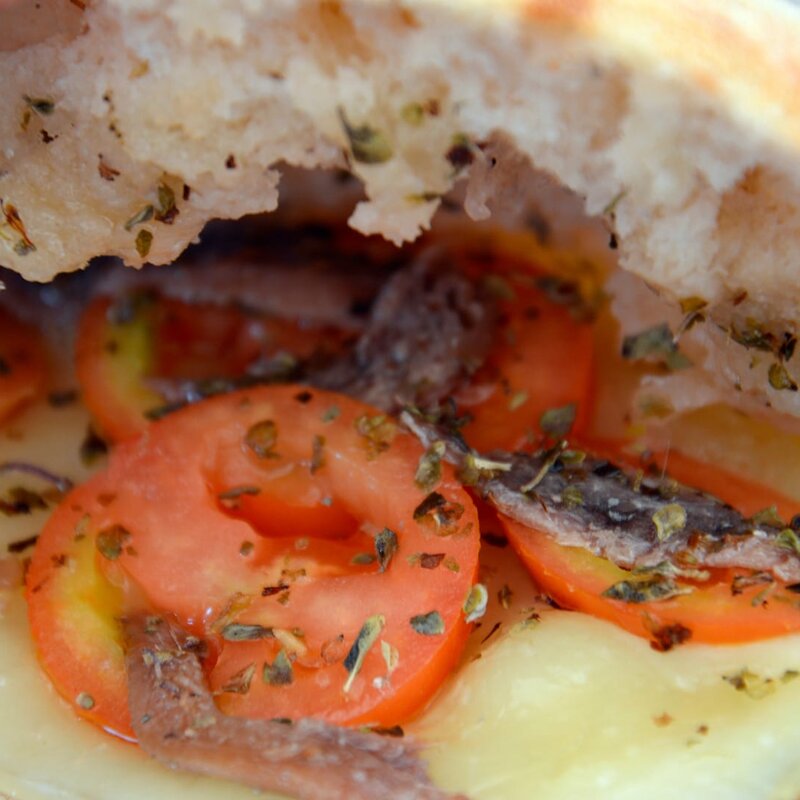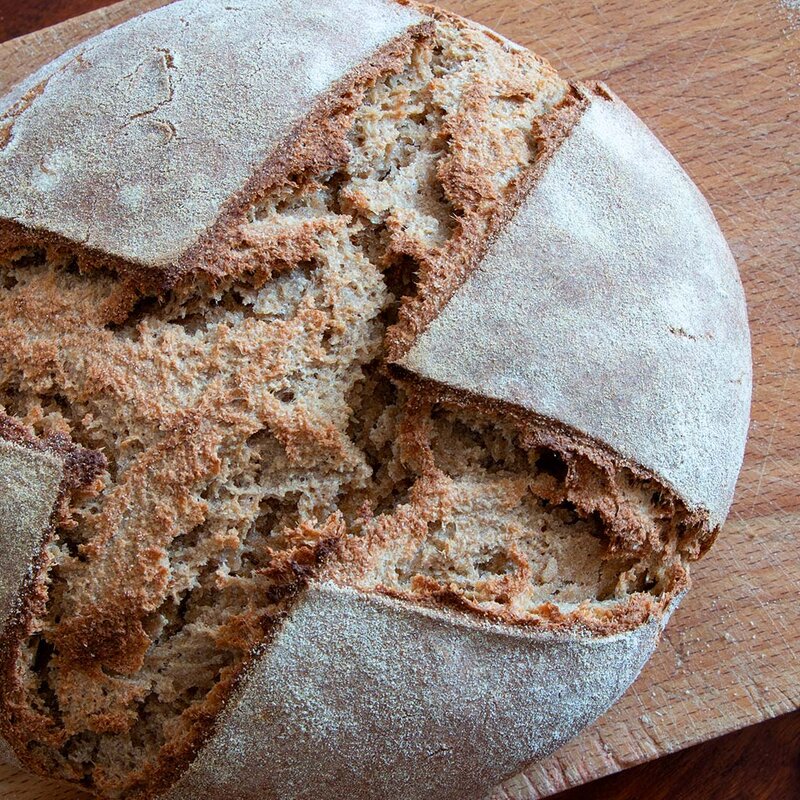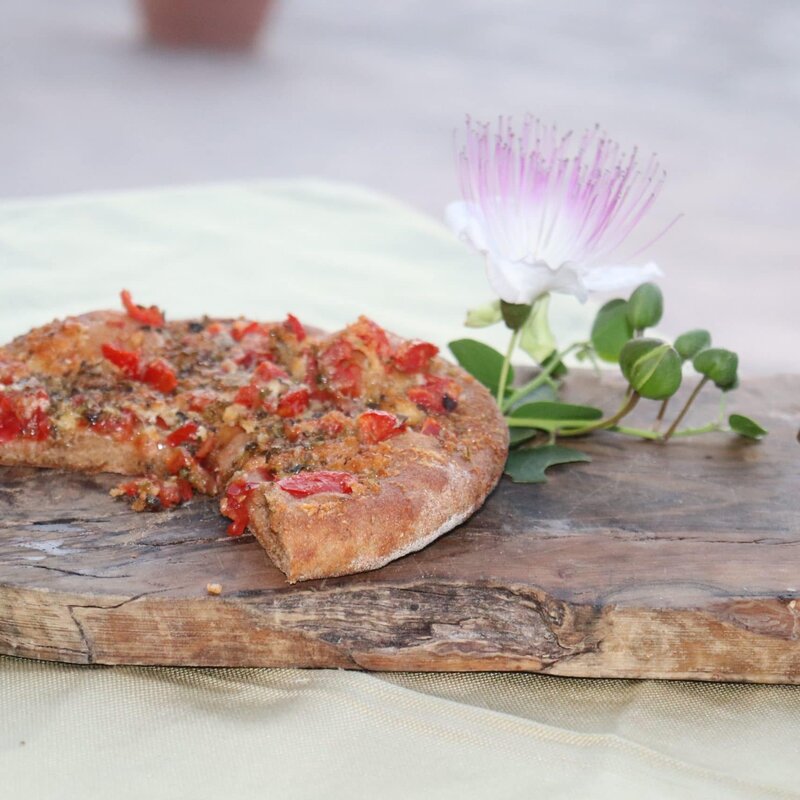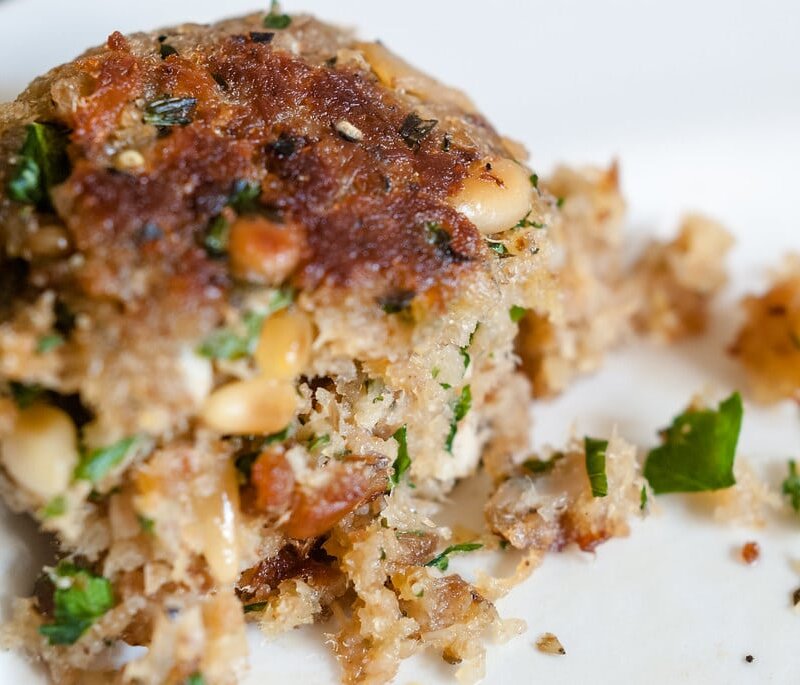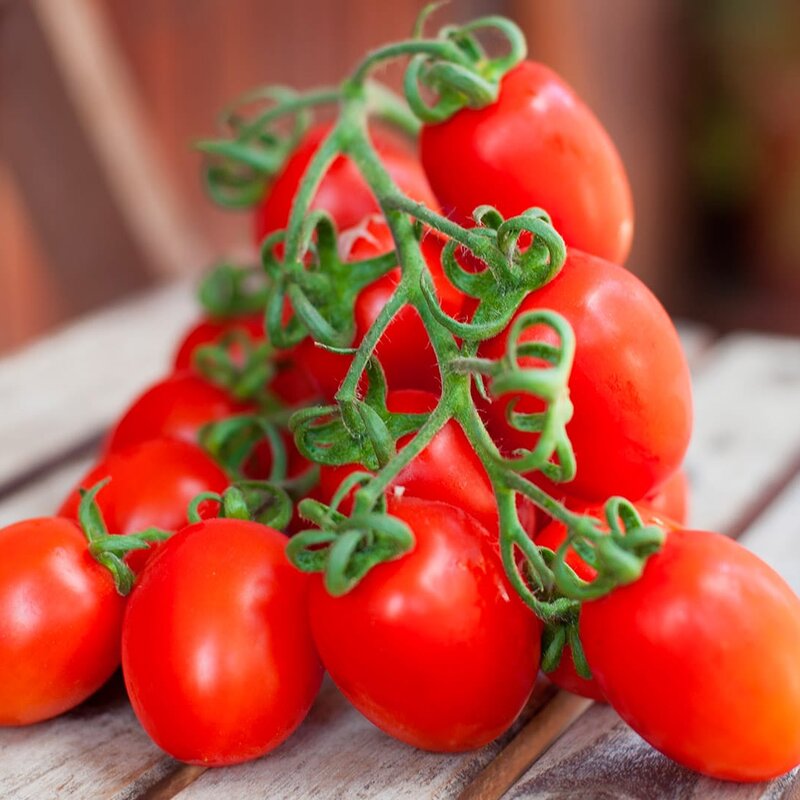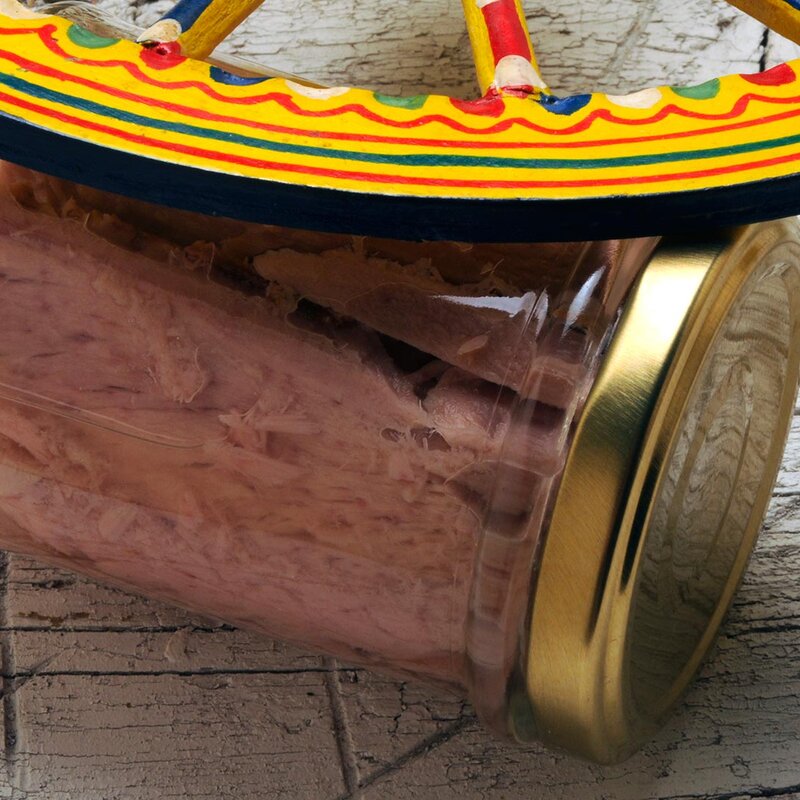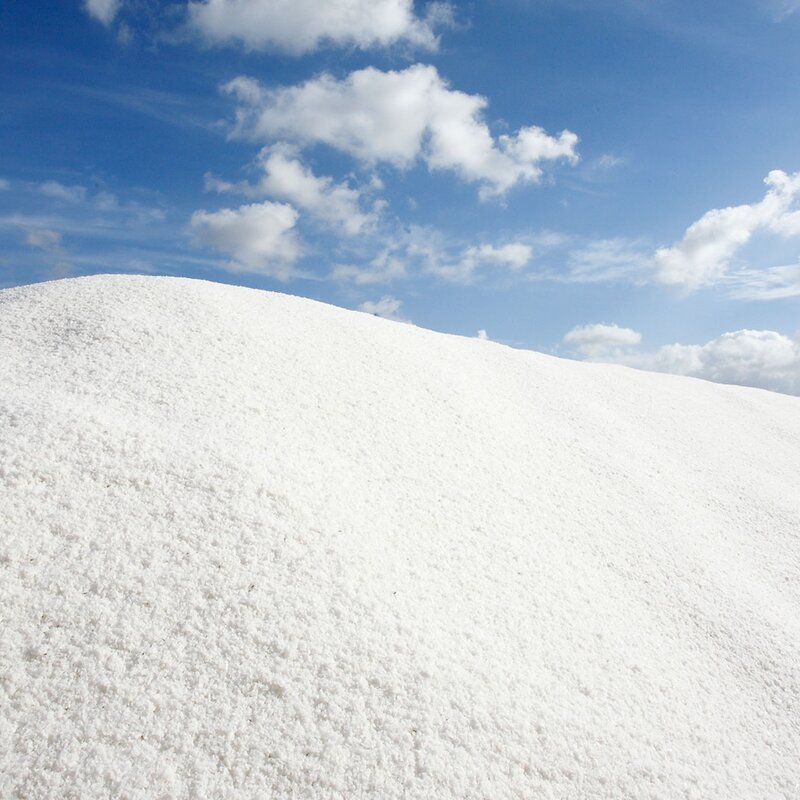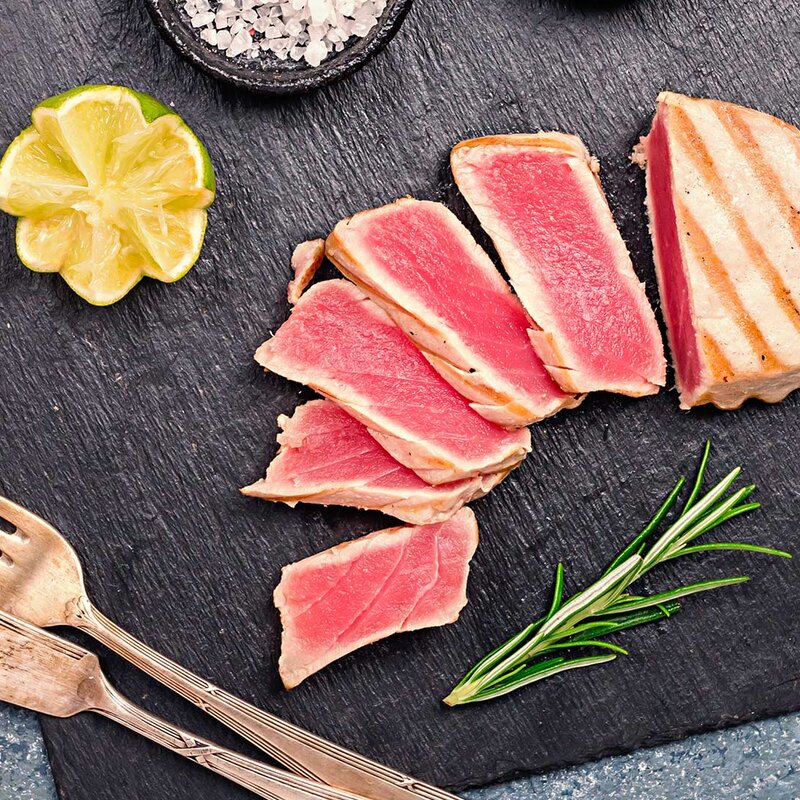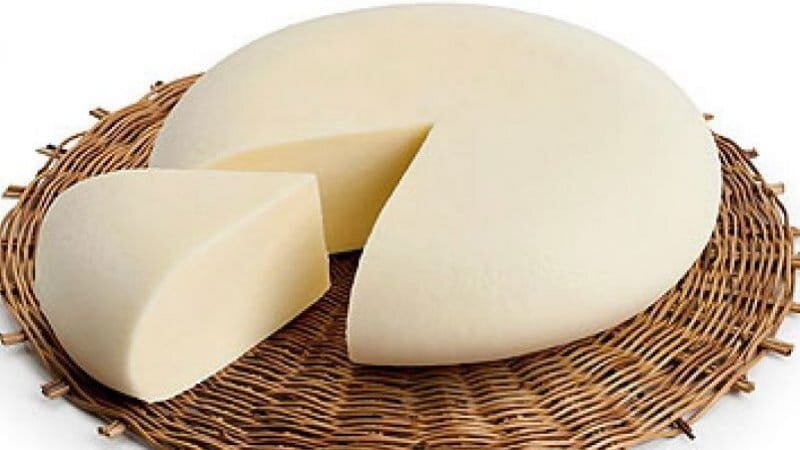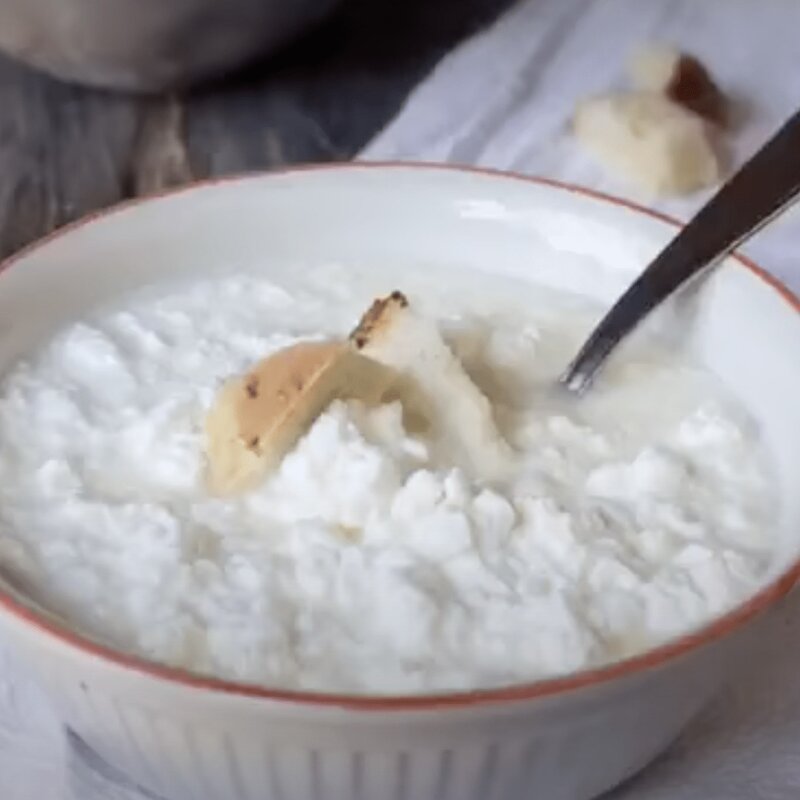Nubia Red Garlic
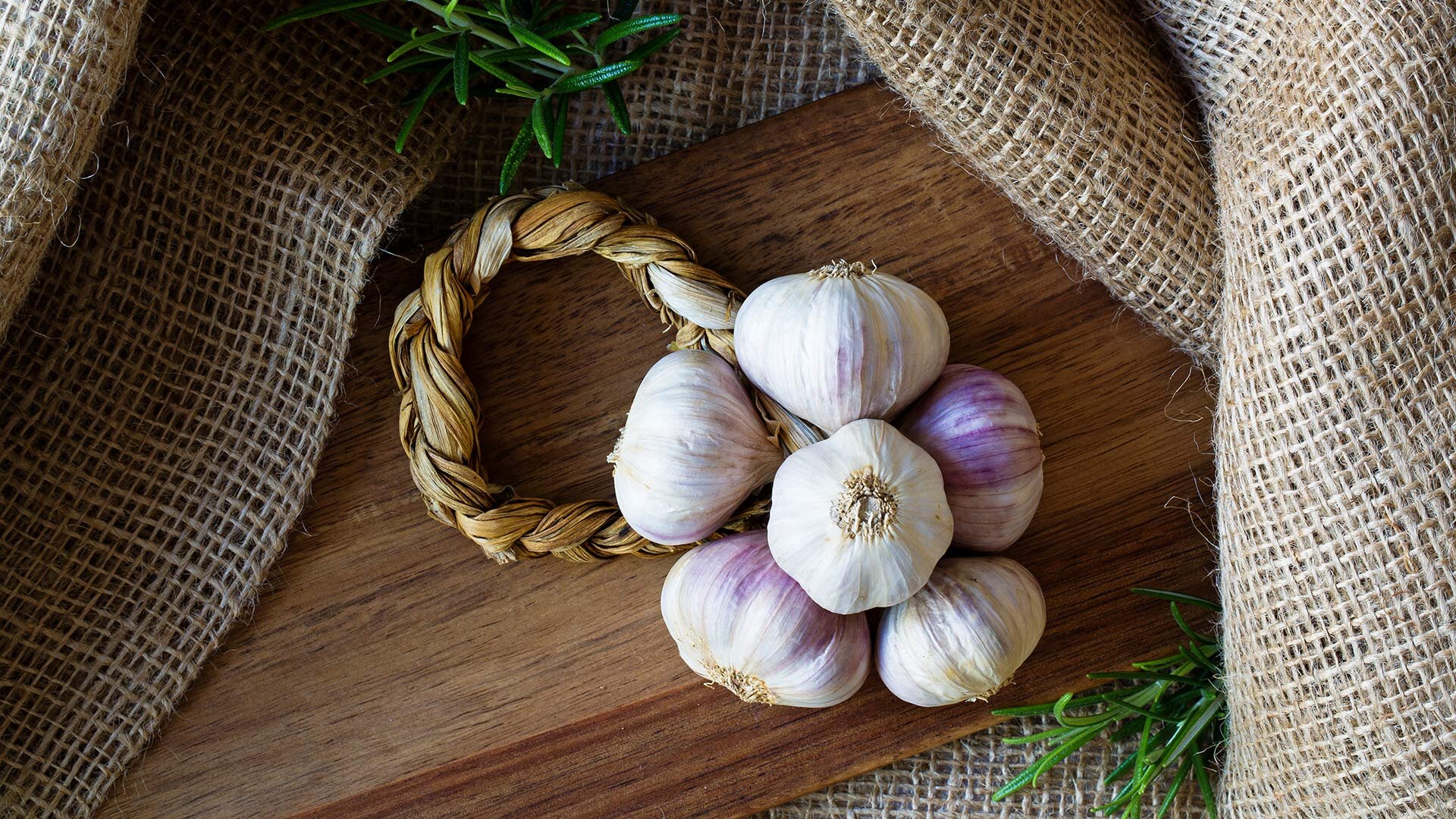
Home of the best garlic in Sicily is the small hamlet of Nubia, which boasts a place on the list of traditional Italian food products (PAT) by the Ministry of Agriculture, Food and Forestry (Mipaaf) thanks to its highly prized red garlic.
Since 2002, this garlic has is also been a Slow Food Presidium, which recognises the gastronomic excellence of a small-scale production as well as ensuring biodiversity, as cultivation takes place according to traditional methods that have been maintained over time.
The highly prized quality of this garlic derives from the special soil in which it is grown – that of the Saline di Trapani e Paceco nature reserve, which is characterised by its firm and clayey texture. It is grown in rotation, together with other excellent products from this area.
This produces a higher than average percentage of allicin of than other garlic crops, boosting the health benefits on the body.

